How To Troubleshoot a Lawn Mower That Isn’t Turning Over
Have you ever encountered a situation where your lawn mower won’t turn over or fails to do that even after several tries? If yes, it must have kept you thinking about whether it is possible to troubleshoot this problem or how to troubleshoot a lawn mower that doesn’t turn over.
Firstly, gather up all the required tools and materials. Then, inspect the current state of the spark plugs, spark plug lead, battery, solenoid, and starter thoroughly. Clean, repair or replace the faulty or damaged internal elements. Next, check whether the engine is seized up and manually push the blades to unseize it.
Keep reading this following article and learn the detailed way of troubleshooting a lawn mower not turning over.
3 Steps to troubleshoot a lawn mower not turning over:
Imagine you are about to start your work, and out of the blue, you figure out that your lawn mower not turning over.
If you have no recollection of what might have gone wrong or cannot pinpoint the reason behind such commotion, you can start by checking the basic areas and applying simple fixing tricks.
Sometimes, people only think of bigger issues and overlook the simple minor faults that can lead us to experience such troubles.
But if minor fixes can save your time and money, why would you want to invest in professional servicing for minor fixings.
That’s why I have decided to present a quick, easy, and cost-effective DIY method of troubleshooting a lawn mower that does not turn over.
Things required to troubleshoot the lawn mower not turning over:
Have a proper glance at the checklist of the required tools and materials:
| Tools | Materials |
| Standard Mechanical toolkit | Spark plug cleaner |
| Socket | New Spark plug & lead (if needed) |
| Spark plug tester | New Battery (if required) |
| Wire brush | New Starter kit (if necessary) |
| Safety Gloves | Solenoid replacement kit (if needed) |
Step 1- Check the Spark plugs & Spark plug lead:
As soon as you encounter such troubles, you should make sure that the spark plugs and the plug lead are in good working condition.
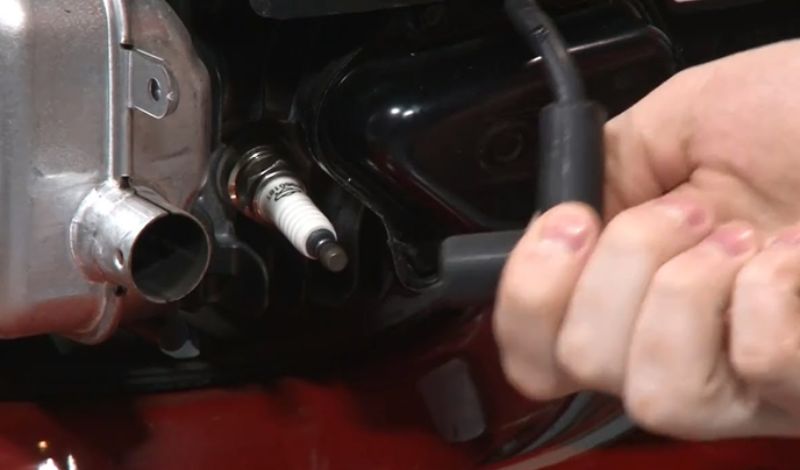
First, you should check whether the spark plugs are operating properly or defected because the mower won’t turn over with a defective spark plug on it.
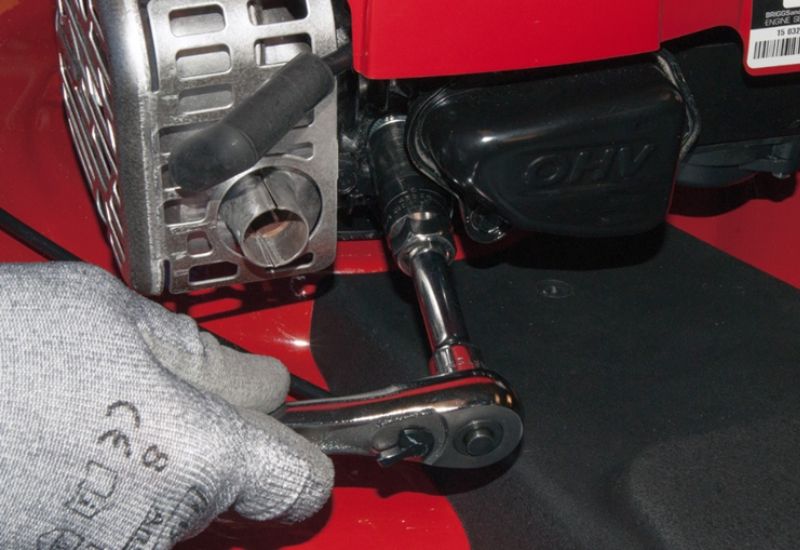
To inspect, disconnect the lead and clean the surrounding area. Then, use a socket to remove the plug.
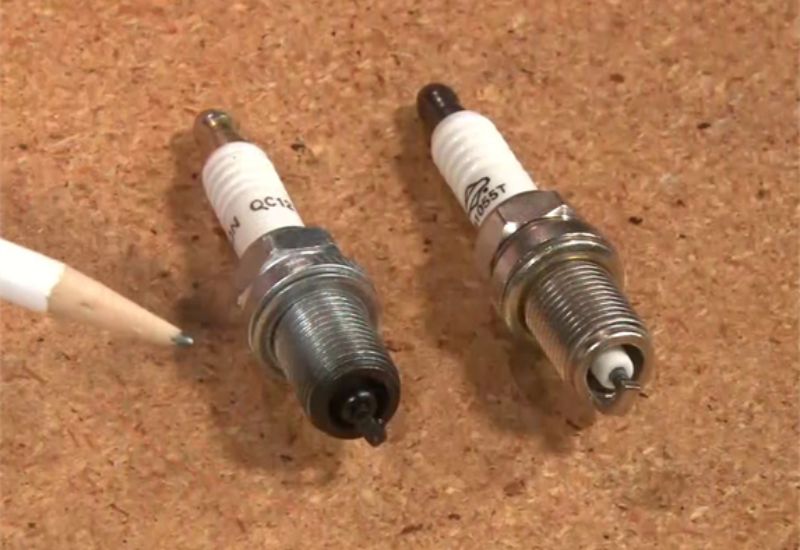
Next, if the plug looks dirty, clean it with a wire brush and a spark plug cleaner. Then reinsert it again and ensure it fits into the position securely.
If the spark plug looks damaged, cracked, or broken, you should replace it.
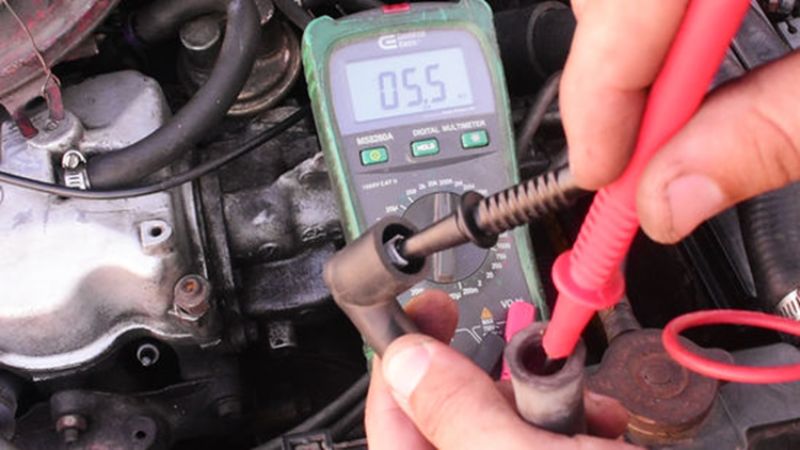
After that, you should inspect the spark plug lead with a spark plug tester or multimeter.
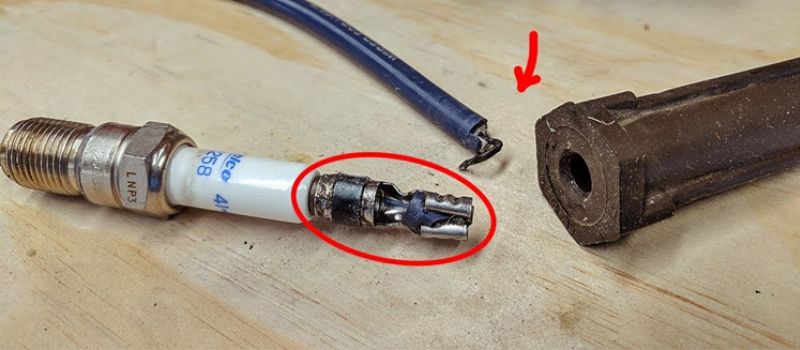
Connect one tester prong to the spark plug lead and the other end to the spark plug. Then, try to start the engine and verify the result with your mower’s user manual. If required, replace the spark plug lead.
Step 2- Check the Battery, Solenoid & Starter:
While checking the spark plugs and plug lead’s state, do not forget to inspect the condition of the battery and solenoid.
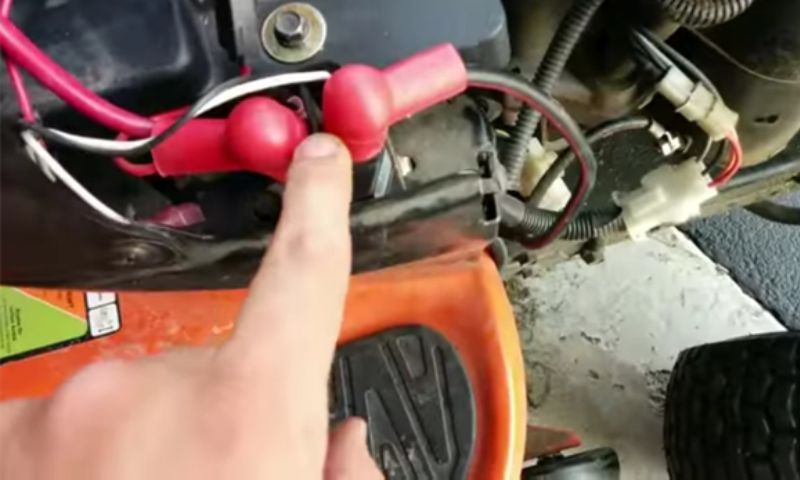
Follow the step-by-step instruction provided in this video to troubleshoot your mower battery thoroughly.
Watch this DIY video to test the solenoid’s condition.
Besides that, you should also test the starter to confirm whether the starter is the main culprit of your lawn mower’s turnover failure or not.

To troubleshoot your lawn mower starter easily and thoroughly, without skipping a single step follow this video.
Step 3- Manually pushing the Engine Blades:
In case you are experiencing the same issue of hearing only clicks whenever you turn the key, it’s most probably the engine is causing such trouble by being seized up.
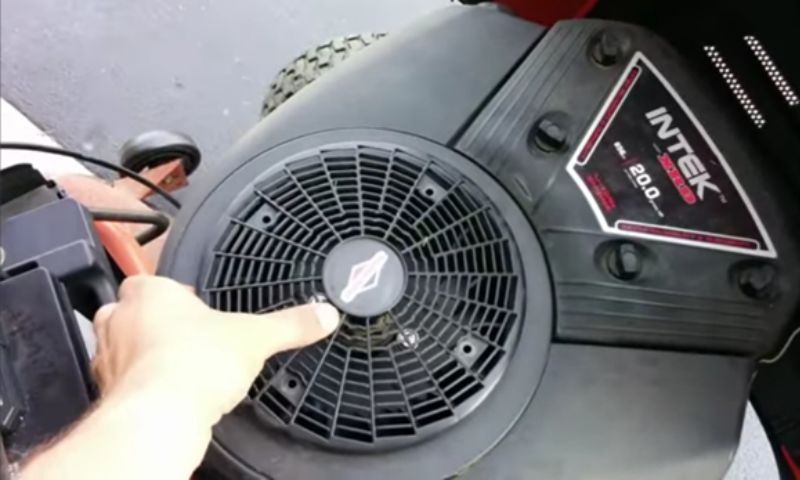
Thus, manually just push on it to get the engine to turn over, but do not push it too hard because it’s plastic.
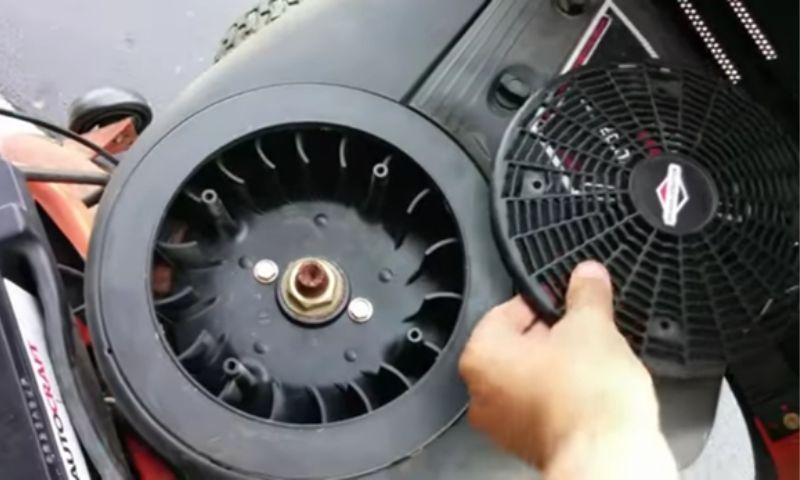
First, take this cover off and you will see four screws here.
Then, take off those screws too.
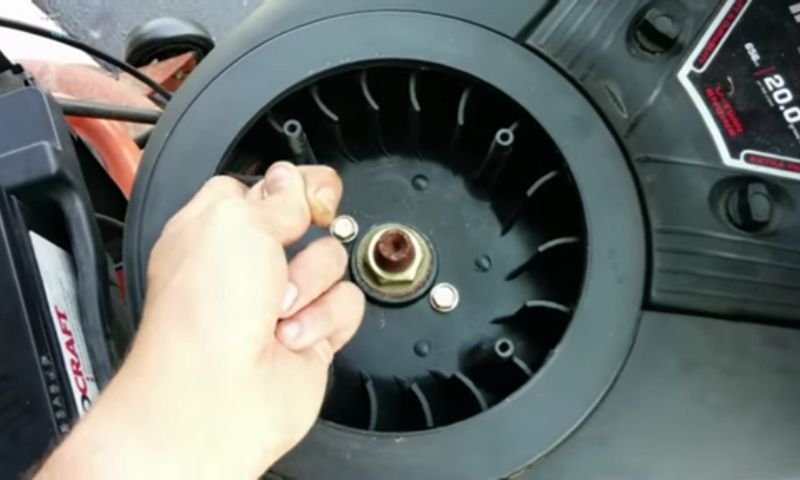
Now, try to push it with your fingers to make sure the motors are free and bound up.
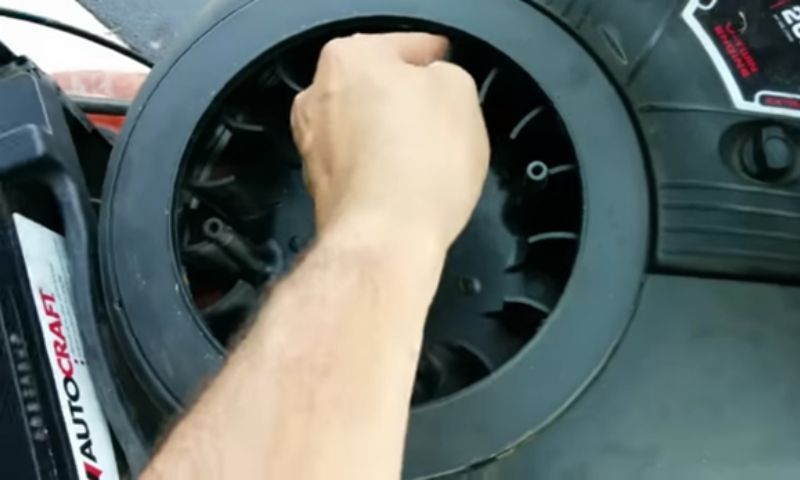
Check whether the mower is starting over or turning over now and if none of the above fixing tricks work for your mower, be sure to contact the nearest service provider for professional assistance.
Warning:
Performing such repairing tasks can be hazardous. Thus, make sure you have enough knowledge and expertise to perform them. Remember to first read your mower’s instructions manual before operating, servicing, or troubleshooting it.
Frequently Asked Questions
Final Verdict
Lawn mowers won’t turn over trouble is not a new thing among the mower user community, and sometimes, easy DIY fixing techniques can save both your time and money.
Initially, the entire troubleshooting process might seem a bit complicated, but if you follow all the instructions given in today’s article, you can fix the problem easily and quickly.
Remember, you can only get the best outcome if you thoroughly follow all the instructions to troubleshoot a lawn mower not turning over.
Related Posts:


